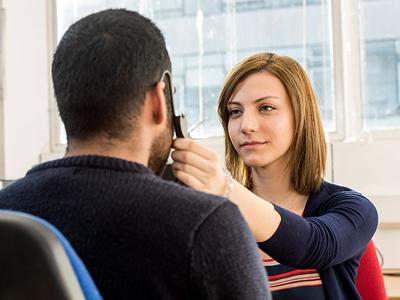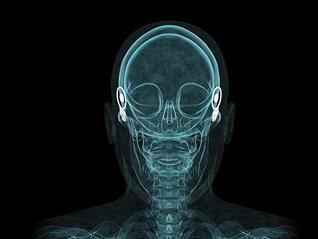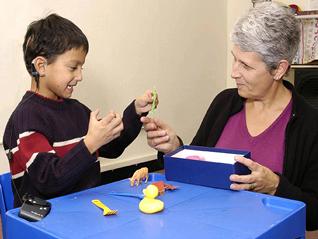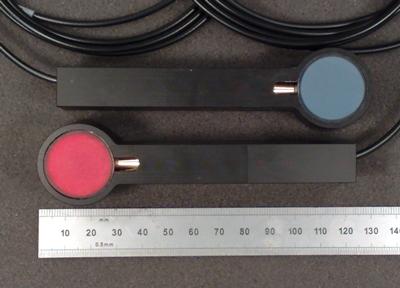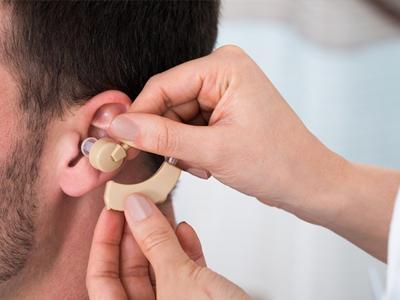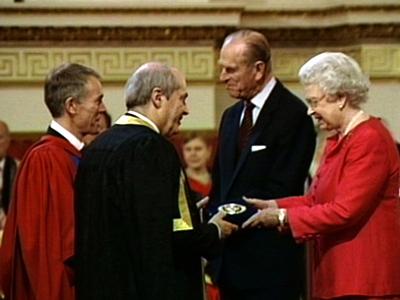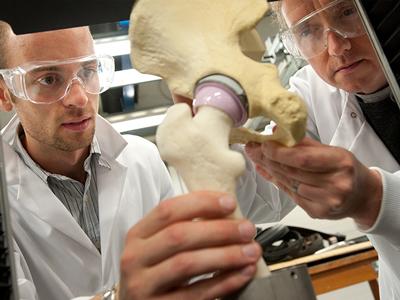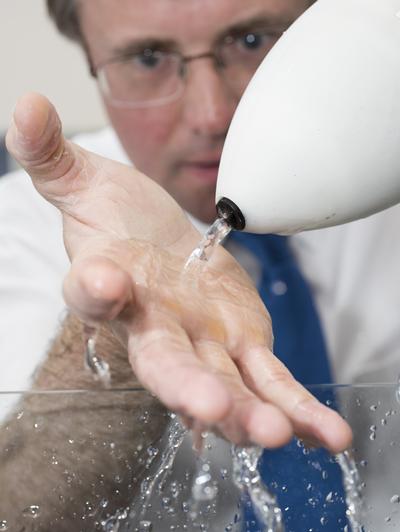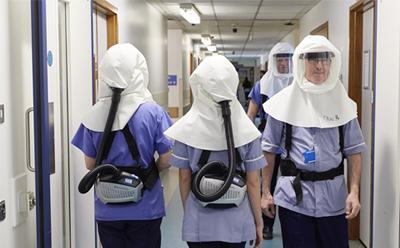
1963
The Institute of Sound and Vibration Research (ISVR) was established. Over its long history, members have continuously provided solutions to numerous challenges, from utilising ultrasonics for biomedical applications to using implantable hearing devices to help deaf adults and children.
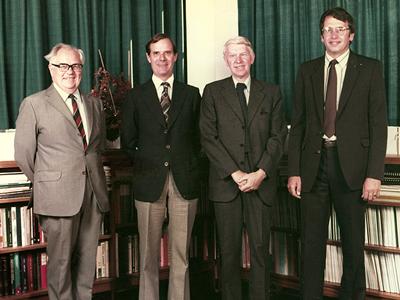
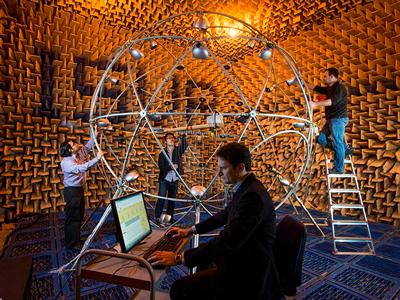
1969
Our researchers started work to develop a technique to measure the travelling wave velocity along the basilar membrane - the real centre of the hearing system. This lead to an objective test for the debilitating Ménière’s disease, and a way of evaluating the effectiveness of drug treatments.
